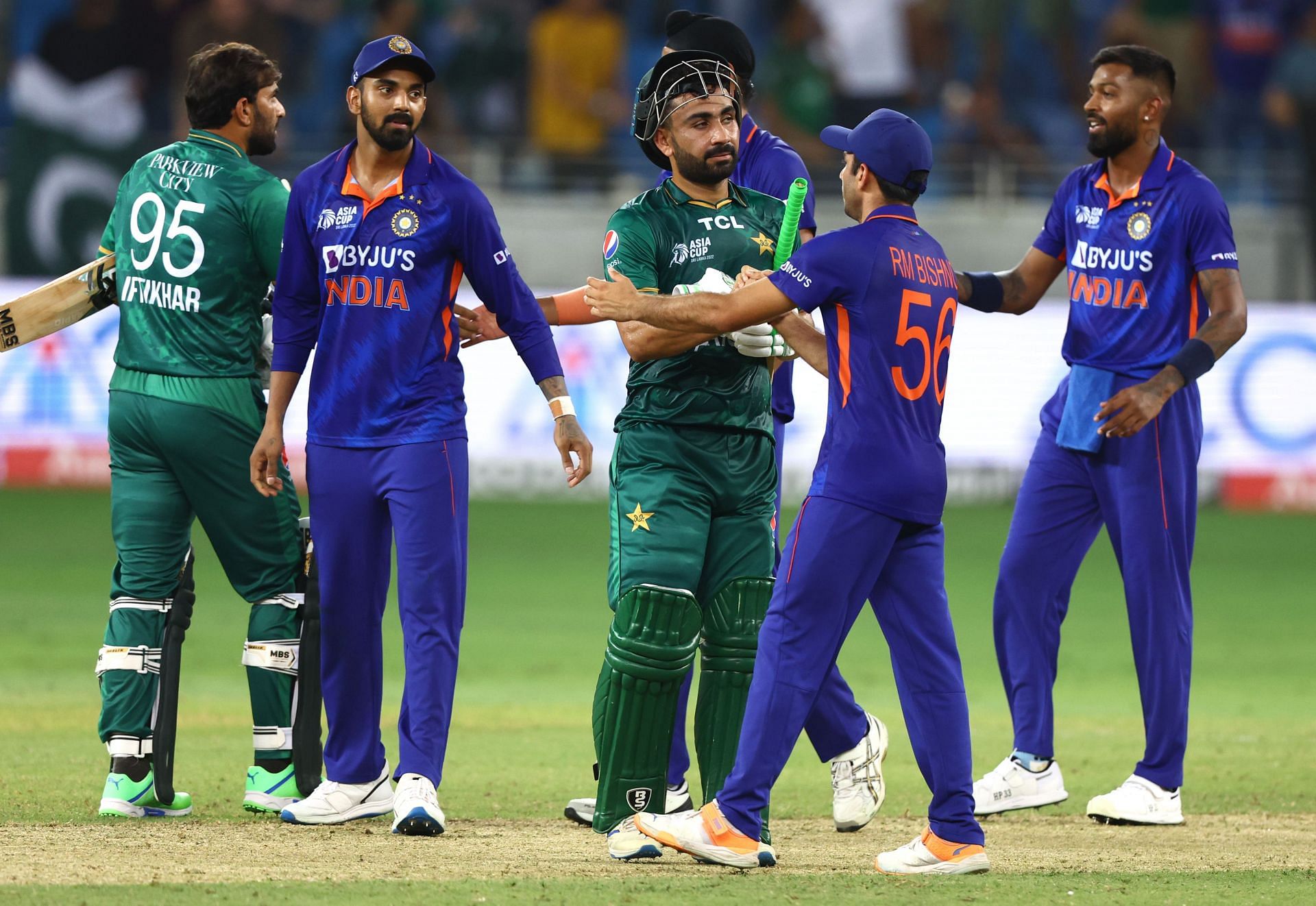
Asia Cup: 3 lessons Team India can take from Pakistan
For the second year in a row, Team India have been knocked out of a multi-national tournament while Pakistan have reached the next stage. The Men in Green will contest the final of the Asia Cup 2022 against Sri Lanka on Sunday (September 12), while Rohit Sharma's side fell in the Super 4s stage.
There has been a lot of talk about how the Men in Blue have dominated Pakistan over the years. Many believe India have had a more balanced team than their arch-rivals, leading to victories in their meetings at various ICC events.
However, Rohit Sharma and his men have been met with a reality check and need to make changes if they are to progress deep in this year's T20 World Cup. Too much experimentation has perhaps cost them dearly as they haven't let a settled XI play consistently for long stretches.
Rohit claimed in the press conference that they 'aren't bothered' by a couple of losses in the Super 4s stage. However, there are some lessons that the Men in Blue can take from the way Pakistan have played in the Asia Cup. Here a few key learnings they could take from their arch-rivals:
#3 Batting depth is crucial
Afghanistan would have considered themselves to be in the driver's seat with an over to go in their clash against Pakistan in the Super 4s stage. Babar Azam's side needed 11 runs to win off the last over with just one wicket in hand.
However, Naseem Shah, who walked out to bat at No. 10, smashed two sixes and pulled off an unlikely victory for his team. This is the perfect example of the amount of depth a team gets when their bowlers are able to tonk the ball when needed.
The likes of Bhuvneshwar Kumar, Jasprit Bumah and Arshdeep Singh might still do a job when it comes to rotating the strike. But they can hardly be trusted to use the long handle when they have to rescue the team out of a crunch situation.
The absence of Ravindra Jadeja has magnified this issue and players like Deepak Chahar need to be given a spot in the playing XI because of their hitting ability. India also missed Harshal Patel, who has proven to be a handy batter at times.
#2 Important to read match-ups
Pakistan clearly outsmarted Team India when they sent Muhammad Nawaz to bat when the spinners were operating during their Super 4s clash. Nawaz smashed 42 off 20 balls and that proved to be the difference between the two sides.
India did try to fill the void left by Jadeja's absence by placing Rishabh Pant in the middle order. However, his record hasn't been great against left-arm spinners and leg-spinners in T20Is and he struggled to score runs in the Asia Cup.
Pakistan also used Shadab Khan against Afghanistan and his cameo helped them reach the final. India will need to understand that although left-handers are important in the middle order, they need to prioritize individual match-ups for team success.
#1 Extra pace always makes a difference
Arguably the standout difference between the Indian and Pakistan pace attack has been their average speed.
The likes of Bhuvneshwar Kumar and Arshdeep Singh are no doubt skilled and have all the necessary variations. But it was Hardik Pandya who excelled in the group game against Pakistan by hurrying the opposition with his pace.
The tracks in Australia, where this year's T20 World Cup is set to take place, will have some natural pace and bounce. Consequently, speed will be a crucial factor if the bowlers get no swing or movement upfront.
Team India might be tempted to bring back Mohammad Shami as his pace might just give them the cutting edge they need in the bowling department. Jasprit Bumrah's return is also bound to give them some much-needed pace with the new ball and at the death.
